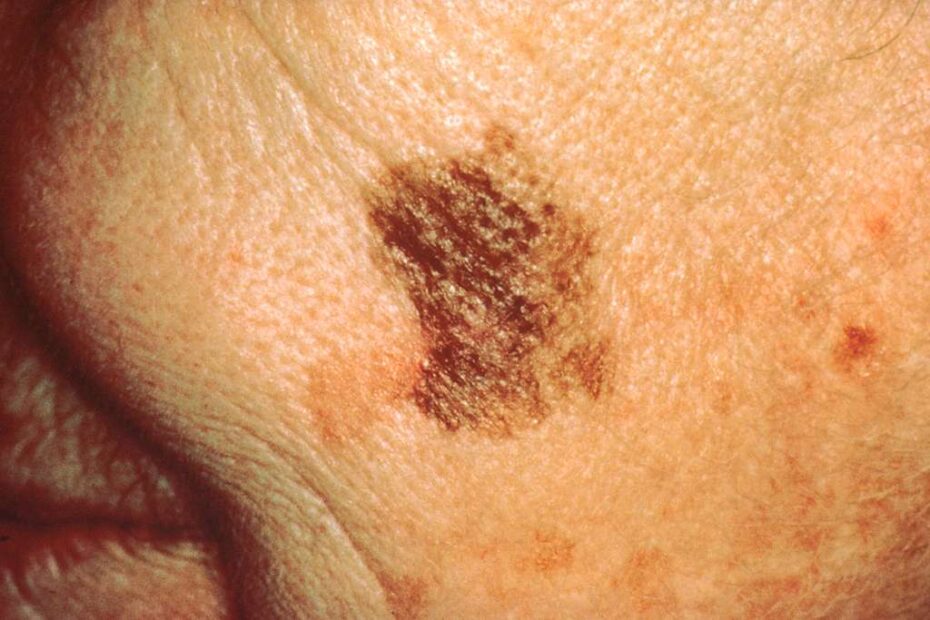Artificial intelligence now plays a leading role in skin cancer detection, particularly within the field of dermatology. Dermatologists use AI programs to scan skin images, enabling more accurate and efficient diagnoses. These tools learn from large image databases and identify patterns linked to cancer. They help doctors spot high-risk lesions quickly and reduce delays in care.
AI also improves access to care in rural areas. Some AI programs work with mobile apps on smartphones or tablets, bringing advanced diagnostics to clinics with fewer resources. Patients receive faster evaluations without waiting for a specialist visit.
Portable Imaging Devices Expanding Access
Small imaging devices now make screenings more efficient and more mobile. These tools use digital lenses and polarized light to view skin layers. Dermatologists can examine moles in detail during regular check-ups. Some devices attach to smartphones for storage and comparison over time.
Clinics benefit from these tools due to their lower cost and easy transport. Dermatologists can use them at the bedside or in small offices. These devices also help medical teams reach patients in remote areas. Skin checks no longer depend on large, expensive equipment.
Tracking Skin Over Time
In dermatology, total body photography and mole mapping help monitor long-term changes in the skin. Doctors take full-body images and create digital maps of moles, allowing for consistent tracking of color, shape, or size changes over time. These dermatology tools make it easier to detect subtle changes before cancer has a chance to spread.
Patients also play an active role in this dermatology process. Doctors provide them with copies of the images for home monitoring, helping patients learn how to check their own skin between visits. With increased awareness, individuals can report new or changing moles early, improving the chances of early detection and treatment.
Wearables and Genetic Tools Advancing Prevention
Wearable technology is introducing innovative methods to track and protect skin health in everyday life. Devices such as UV monitors measure sun exposure throughout the day and send alerts to encourage sunscreen use or seeking shade. Smart patches equipped with sensors can detect subtle skin changes, helping users monitor their skin in real time. These tools support proactive skin care by combining convenience with early detection strategies.
Advancements in diagnostics like blood tests and genetic screening are also transforming skin cancer monitoring. Liquid biopsies can identify tumor DNA in a person’s bloodstream before symptoms appear. Genetic tests uncover inherited risks by analyzing family history and mutations linked to skin cancer. With this information, doctors create personalized monitoring plans tailored to each patient’s genetic and health profile.
Take Charge of Your Skin Health with Advanced Dermatology Tools
Skin cancer detection now moves faster and feels less invasive. Tools like AI, imaging, and wearables improve how doctors care for skin. Patients benefit from earlier diagnosis, better tracking, and less discomfort. Regular check-ups still matter, but technology adds extra support.
Both doctors and patients share responsibility for early detection. Tools work best when people stay informed and act quickly. Staying aware and using new technology can help stop skin cancer early.
- The Latest Trends in Dermatology for Skin Cancer Detection
- How Disc Replacement Surgery Can Restore Function in the Spine
- What You Need to Know About an OBGYN’s Role in Pregnancy
- Can You Use A Leaf Blower Wit Heusphatian Tube Dysfunction – Know the Safe Way!
- 2024-361163 Echo Tech at Glendale Memorial Hospital and Health – Game-Changer in Cardiac Care!
